Defining Luxury Private Jet Charter
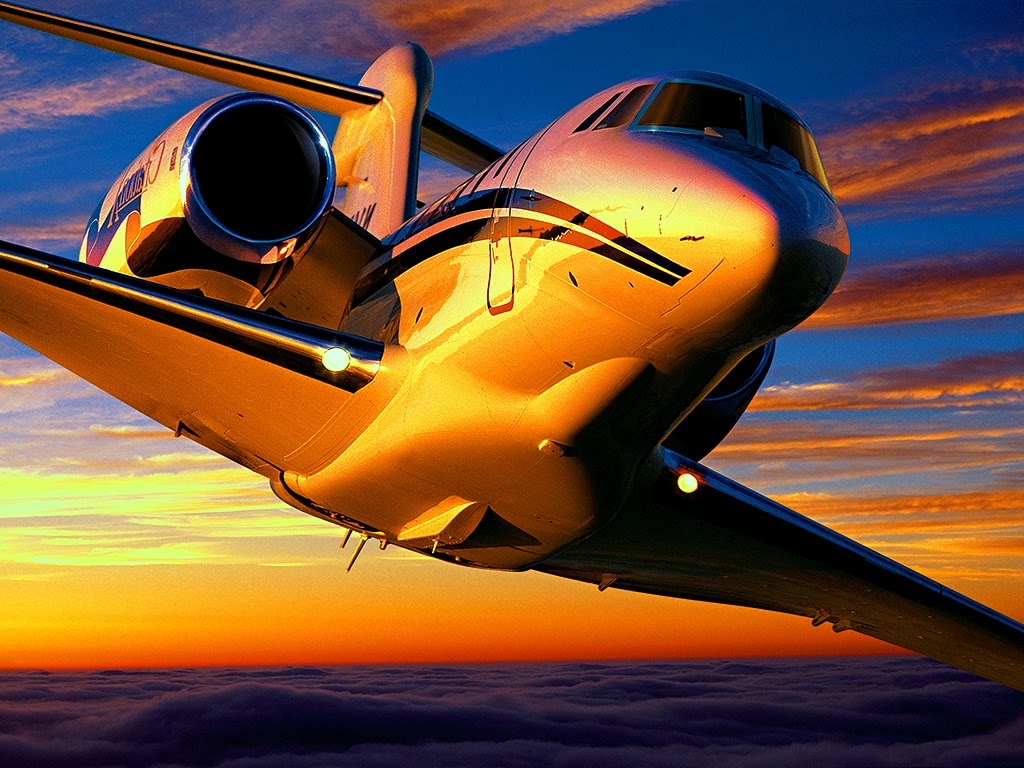
Luxury private jet charter offers an unparalleled travel experience, transcending the limitations of commercial air travel. It provides exclusive access to a bespoke travel solution tailored to individual needs and preferences, from personalized service to exceptional amenities. This service is not just about transportation; it’s about experiencing unparalleled convenience, comfort, and discretion.
This section delves into the specifics of luxury private jet charter, highlighting the key differentiators from commercial flights, the diverse types of jets available, and the luxurious amenities offered. It also presents a comparative analysis of various jet types, outlining their key characteristics.
Luxury Private Jet Charter Services
Private jet charter services go beyond simply transporting passengers from point A to point B. They encompass a comprehensive suite of services designed to meet the unique needs and expectations of discerning travelers. This includes personalized flight planning, dedicated customer service representatives, and seamless logistical coordination. The service extends to pre-flight accommodations, on-board catering, and even post-flight arrangements, all orchestrated to ensure a flawless and unforgettable journey.
Key Differentiators from Commercial Air Travel
Luxury private jet charter distinguishes itself from commercial air travel in several key aspects. These include the ability to choose one’s destination, departure, and arrival time. The elimination of crowded terminals and security lines, plus the added comfort of a dedicated, personal service experience, further enhance the exclusivity of the experience. Personalized schedules, flexibility, and immediate adjustments to flight plans based on traveler’s needs are hallmarks of the service. Additionally, the privacy and security afforded by private jet travel are significant advantages over commercial options.
Types of Private Jets Available for Charter
A wide variety of private jets are available for charter, each offering unique characteristics in terms of size, features, and capabilities. These vary significantly in size and configuration, ranging from small turboprop aircraft suitable for short-haul trips to large, long-range jets ideal for transcontinental flights. The diverse range of aircraft allows clients to choose a jet that perfectly matches their specific travel requirements and preferences.
Luxury Amenities and Services, Luxury Private Jet Charter
Private jets often boast an array of luxury amenities and services. These range from spacious interiors with high-quality furnishings and state-of-the-art entertainment systems to gourmet catering options and personalized in-flight services. Dedicated flight attendants, tailored in-flight meals, and the ability to customize the cabin environment are some examples. The level of personalization and bespoke service distinguishes this form of travel.
Comparison of Jet Types
| Jet Type | Size | Speed (mph) | Range (miles) | Passenger Capacity |
|---|---|---|---|---|
| Light Jet | Small | 350-450 | 1,500-2,500 | 4-8 |
| Mid-size Jet | Medium | 450-550 | 2,500-4,000 | 8-12 |
| Super Mid-size Jet | Medium-Large | 500-600 | 4,000-6,000 | 12-18 |
| Large Jet | Large | 550-650 | 6,000-8,000+ | 18-20+ |
This table provides a concise overview of different jet types, comparing their key attributes. The data reflects typical ranges and capabilities; actual figures may vary depending on specific aircraft models and configurations. The differences in size, speed, range, and passenger capacity directly impact the suitability of each jet type for various travel needs.
Understanding the Market
Private jet charter services cater to a discerning clientele, demanding unparalleled luxury and convenience. Understanding the dynamics of this market is crucial for successful operation and strategic planning. This section delves into the target demographics, influencing factors, current trends, competitive landscape, and future projections within the private jet charter industry.
Target Demographics
The private jet charter market is characterized by a high-net-worth clientele. This demographic encompasses individuals with substantial wealth, often involved in high-profile industries such as finance, technology, real estate, and entrepreneurship. They value time and efficiency, and often prioritize personal travel over commercial options, seeking exclusivity and seamless travel experiences. Furthermore, prominent figures in the entertainment, sports, and philanthropic sectors frequently utilize private jet charters.
Factors Influencing Demand
Several factors significantly influence the demand for private jet charter services. These include, but are not limited to, the desire for expedited travel, avoiding airport congestion, ensuring privacy, and managing complex schedules effectively. The rise of remote work and global business travel has further amplified the need for private jet charter services, enabling executives to conduct business and attend meetings swiftly and efficiently. Furthermore, the appeal of customized itineraries and exclusive onboard amenities contributes to the increasing demand.
Current Market Trends
Current market trends indicate a preference for sustainable and eco-friendly travel options within the private jet charter industry. This reflects a growing awareness of environmental concerns among high-net-worth individuals. Moreover, technological advancements, including real-time booking platforms and personalized travel management solutions, are revolutionizing the experience for both clients and charter operators. A focus on seamless digital integration and enhanced customer service experiences is also driving market trends.
Future Projections
The private jet charter industry is expected to experience continued growth, driven by factors such as increased global travel, the rising number of high-net-worth individuals, and the evolution of sustainable aviation technologies. The development of more efficient and environmentally friendly aircraft, combined with the rising demand for luxurious and personalized travel experiences, will likely sustain the industry’s growth. For example, the recent advancements in electric aircraft technology could significantly impact the future of private jet travel, potentially revolutionizing the sector.
Competitive Landscape
The private jet charter market is highly competitive, encompassing a diverse range of operators and aircraft. Competition stems from established companies, smaller boutique firms, and specialized operators catering to specific niche markets, like fractional ownership programs. The ability to offer exceptional customer service, competitive pricing, and an extensive fleet of high-quality aircraft differentiates successful operators. Operators must continuously innovate and adapt to evolving market demands to maintain a competitive edge.
Growth of the Private Jet Charter Industry (2018-2023)
| Year | Estimated Revenue (USD Billions) | Growth Rate (%) |
|---|---|---|
| 2018 | 50 | – |
| 2019 | 55 | 10 |
| 2020 | 48 | -13 |
| 2021 | 60 | 25 |
| 2022 | 65 | 8 |
| 2023 | 70 | 7 |
Note: Data is illustrative and based on estimated industry reports. Growth rates are calculated based on year-over-year revenue figures. The fluctuations in 2020 reflect the impact of the global pandemic.
Booking and Operations
Securing a private jet charter involves a structured process, from initial inquiry to post-flight documentation. Understanding the steps and procedures is key to a smooth and efficient journey. This section details the various aspects of booking and managing a private jet charter, including payment options, pre-flight and post-flight services, and the roles of personnel involved.
Booking Procedure
The booking process for a private jet charter typically begins with a consultation with a charter broker or directly with an aircraft operator. The client specifies their needs, including the desired destination, date, time, number of passengers, and any special requirements. The broker or operator then provides a customized quote based on the requested parameters. This quote Artikels the estimated cost, including fuel, crew, and airport fees. Following acceptance of the quote, a formal contract is drafted and signed by both parties, outlining the agreed-upon terms and conditions. Crucially, the contract confirms the specifics of the flight, such as the aircraft type, the itinerary, and the exact cost.
Payment Methods and Financing
Several payment options are available for private jet charters, ranging from cash transactions to various financing arrangements. Common methods include wire transfers, credit cards, and payment via established payment portals. For larger charters, financing options are often available through specialized aviation finance providers. These financing options can be tailored to the specific needs of the client, and often involve a down payment followed by installments over a predetermined period. The specific financing terms are negotiated directly between the client and the finance provider.
Pre-Flight, In-Flight, and Post-Flight Services
Pre-flight services include detailed arrangements for aircraft maintenance, passenger accommodations, and the preparation of the aircraft. This meticulous preparation ensures the aircraft is in optimal condition for the flight. During the flight, highly trained and experienced crew members ensure the comfort and safety of passengers. This includes catering, in-flight entertainment, and logistical support. Post-flight services cover return of the aircraft to the hangar, and the provision of necessary documentation, including flight records and invoices.
Personnel Involved
Several key personnel are involved in the charter process. These include the charter broker or representative, who manages communication and negotiations. The aircraft operator handles the technical aspects of the flight, including maintenance and crew coordination. Flight attendants, pilots, and cabin crew ensure the safety and comfort of passengers. Ground staff at the origin and destination airports facilitate the smooth handling of the aircraft and passengers.
Typical Charter Costs
| Cost Category | Description | Typical Range (USD) |
|---|---|---|
| Aircraft Rental | Cost of the aircraft for the specified period | Variable, depends on aircraft type and duration |
| Fuel | Cost of fuel for the flight | Variable, depends on distance and fuel prices |
| Crew Costs | Compensation for pilots, cabin crew, and other staff | Variable, depends on crew size and duration |
| Airport Fees | Fees charged by airports for landing, parking, and other services | Variable, depends on airport location and services used |
| Ground Handling | Services provided by ground staff at airports | Variable, depends on airports and services required |
| Catering | Cost of food and beverages for passengers | Variable, depends on the type and amount of catering required |
Note: These costs are approximate and can vary significantly based on factors such as the aircraft type, flight duration, destination, and passenger requirements.
Features and Amenities
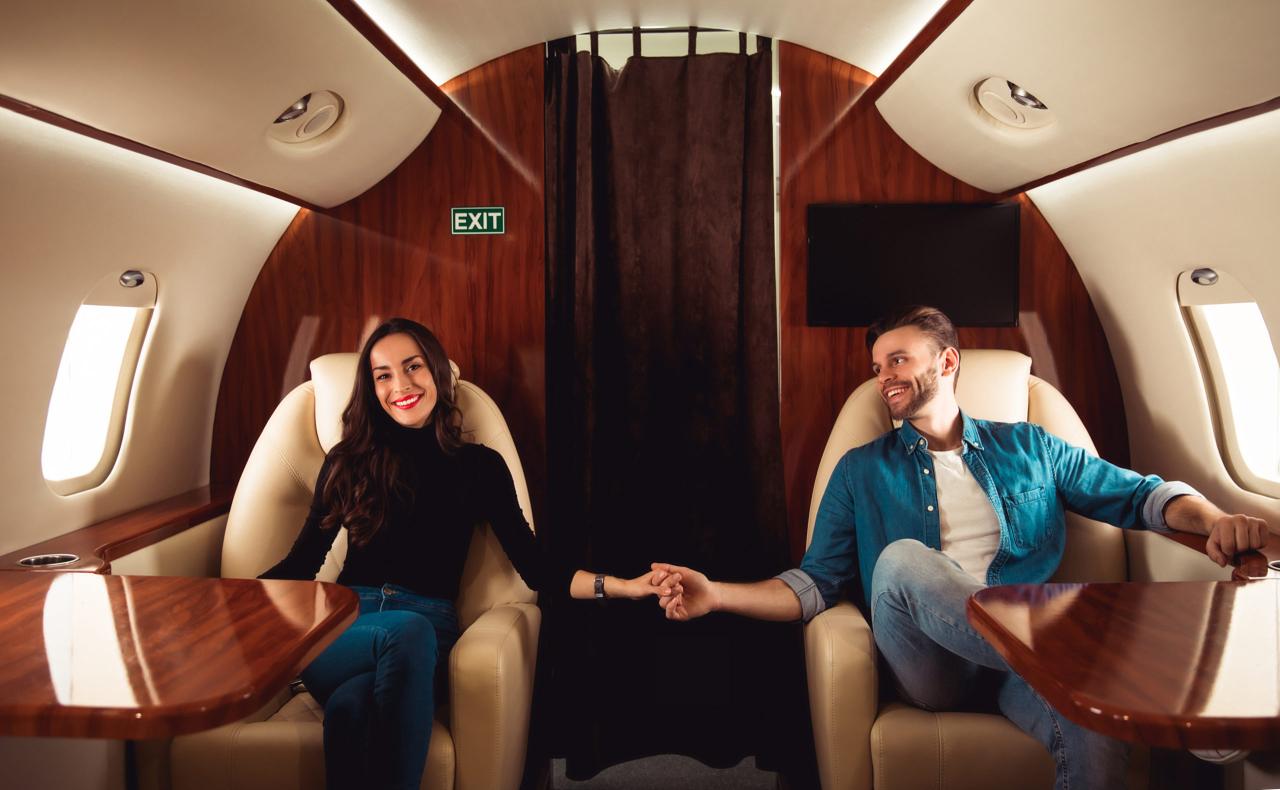
Luxury private jet charters offer unparalleled travel experiences, exceeding the expectations of even the most discerning travelers. Beyond mere transportation, these bespoke journeys provide a high level of comfort, convenience, and personalized service tailored to individual needs. This section will delve into the various features and amenities offered, from entertainment and communication systems to catering and cabin layouts, ensuring a truly exceptional experience in the sky.
Entertainment Systems
A diverse array of entertainment options are available to passengers, ensuring continuous engagement and enjoyment throughout the flight. Modern private jets are equipped with state-of-the-art entertainment systems, offering a wide range of movies, television shows, music, and games. These systems often include individual screens for each passenger, allowing for personalized viewing experiences. High-speed Wi-Fi connectivity further enhances the experience, enabling seamless communication and access to online resources.
Communication Systems
Advanced communication systems are integrated into the cabin design, ensuring seamless connectivity and communication with the outside world. High-speed satellite internet access provides reliable connectivity for email, video conferencing, and other online activities. These systems are seamlessly integrated with communication devices for clear and efficient interactions with ground personnel. Furthermore, communication systems often include advanced features like in-flight messaging and video calls.
Catering and Dining
Culinary excellence is a hallmark of luxury private jet charters. Catering options are meticulously planned to meet the specific dietary needs and preferences of passengers. Expert chefs and culinary teams curate exquisite menus, featuring a wide variety of cuisine types, from international delicacies to fine dining options. The quality and presentation of the meals often rival those found in the finest restaurants, creating a memorable dining experience.
Seating Arrangements and Cabin Layouts
The seating arrangements and cabin layouts are meticulously designed to maximize comfort and provide personalized space. Different cabin layouts cater to various passenger counts and preferences, offering a range of configurations from spacious lounges to dedicated work areas. Seating arrangements prioritize passenger comfort, often featuring plush seating with adjustable recline options, ensuring an exceptional travel experience.
Table: Entertainment Systems
| Entertainment System Type | Specifications |
|---|---|
| In-flight Entertainment System | Typically includes a selection of movies, TV shows, music, and games accessible via individual screens. Many systems offer streaming capabilities. |
| High-Speed Wi-Fi | Provides seamless internet access for online activities such as email, video conferencing, and browsing the web. Bandwidth is crucial for smooth performance. |
| Individual Screens | Dedicated screens for each passenger, allowing for personalized viewing experiences. Screen size and resolution vary depending on the aircraft model. |
| Dedicated Audio/Video Systems | These systems allow passengers to stream content from personal devices. |
Destination Experiences
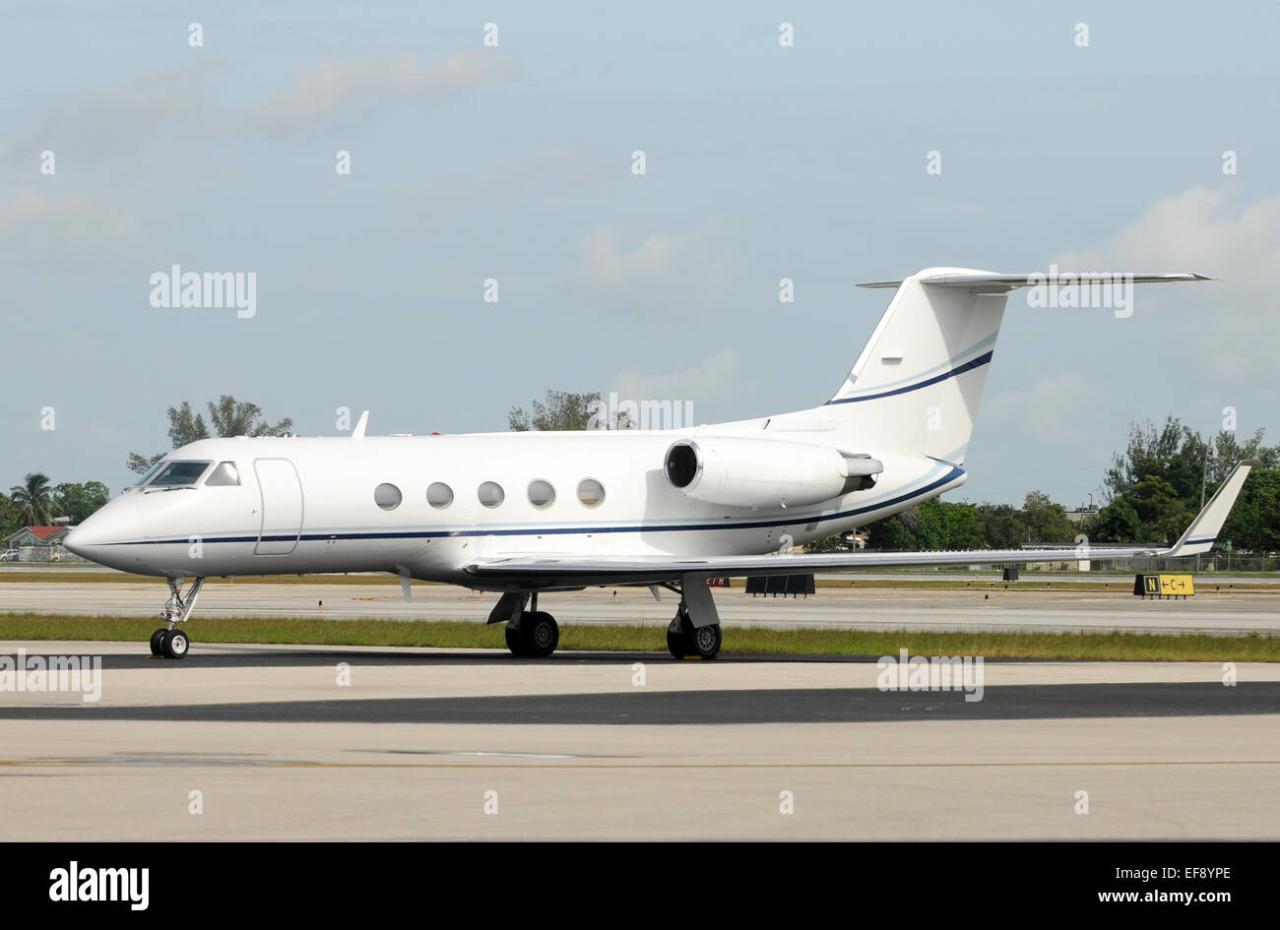
Luxury private jet charters offer unparalleled access to a world of exclusive destinations, elevating travel beyond the ordinary. The ability to customize itineraries and seamlessly navigate complex travel logistics allows for tailored experiences that cater to individual preferences. This flexibility extends to the selection of unique destinations, often unavailable through traditional travel methods.
The advantages of private jet travel extend far beyond mere convenience. Direct access to remote or less accessible locations empowers travelers to immerse themselves in authentic experiences. By eliminating the constraints of public transportation and scheduled flights, private jets unlock opportunities for exploring hidden gems and unique cultural landscapes.
Popular Destination Categories
Private jet charters frequently transport clients to a diverse range of destinations, catering to varied interests. These include:
- Luxury Resorts and Villas: Destinations renowned for their opulent accommodations and bespoke services are prime targets for private jet travel. Imagine accessing secluded islands or mountain retreats where unparalleled privacy and personalized attention are the norm.
- Exclusive Sporting Events and Activities: Private jet travel is often integral to attending high-profile sporting events or engaging in specialized activities. Access to exclusive golf courses, hunting safaris, or high-stakes sporting matches is more easily achieved with a private jet.
- Cultural Immersion and Historical Sites: Private jets can facilitate deep dives into historical sites and cultural immersion. This includes exploring ancient ruins, experiencing local traditions, and visiting remote cultural communities.
Exclusive Experiences at Luxurious Destinations
Beyond the destination itself, private jet travel often unlocks a range of exclusive experiences.
- Tailored itineraries: Personalized itineraries are crafted to maximize the experience, ensuring a seamless transition between activities and accommodations. This may include curated excursions to hidden gems, private tours, or bespoke dining experiences.
- Bespoke dining: Many destinations partner with high-end restaurants and chefs to create unique culinary experiences. Private jet charters can facilitate exclusive access to these experiences.
- Luxury accommodations: Private jet travel often connects travelers to unparalleled accommodations, such as private villas, luxury suites, or exclusive lodges. These accommodations are carefully selected for their unique amenities and services.
Popular Destinations for Private Jet Charters
Private jet travel often targets specific destinations known for their exclusivity and appeal to discerning travelers. The reasons behind their popularity are diverse, reflecting a variety of desirable features.
| Destination | Reasons for Popularity |
|---|---|
| The Maldives | Unparalleled luxury resorts, pristine beaches, overwater bungalows, and unique diving experiences. |
| French Riviera | Exclusive villas, glamorous events, fine dining, and access to luxury yachts. |
| Scottish Highlands | Stunning landscapes, exclusive golf courses, historical castles, and opportunities for adventure activities. |
| Aspen, Colorado | World-class skiing, luxury shopping, high-end dining, and access to exclusive sporting events. |
| Dubai | Modern architecture, luxurious shopping malls, world-class dining, and unique cultural experiences. |
Safety and Security: Luxury Private Jet Charter
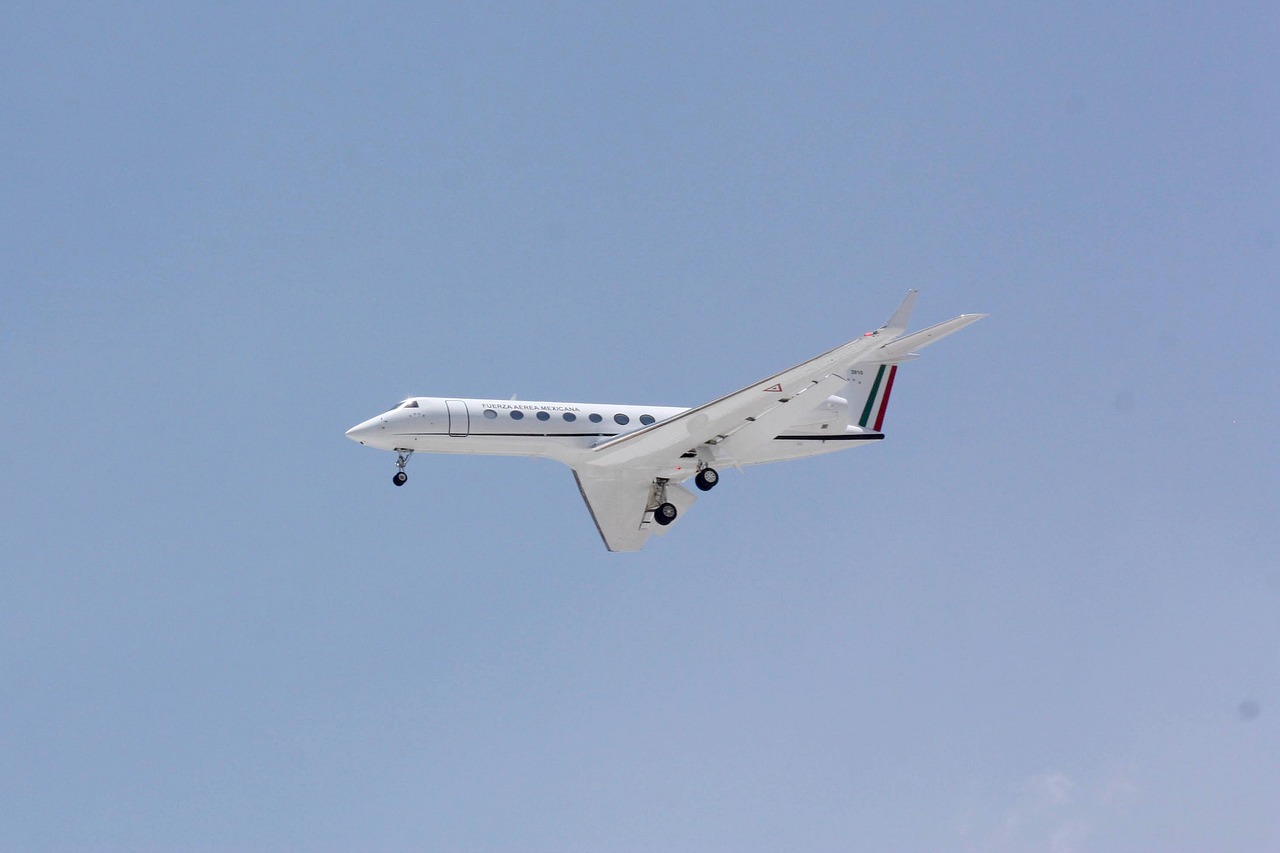
Private jet charters prioritize the safety and security of passengers, crew, and cargo above all else. Rigorous protocols and procedures are in place to mitigate risks and ensure a smooth and secure travel experience. This commitment to safety is reflected in the meticulous maintenance, stringent security measures, and comprehensive emergency response plans implemented by reputable charter operators.
Safety Measures and Protocols
Comprehensive safety measures are implemented to ensure the safe operation of private jets. These measures encompass pre-flight checks, in-flight monitoring, and post-flight evaluations. Pilots adhere to strict adherence to safety regulations and flight procedures. This includes adhering to weather conditions and navigating airspace safely, thereby minimizing potential risks.
Security Procedures
Robust security procedures safeguard passengers and cargo during all stages of the charter process. This includes stringent background checks for all personnel involved, secure cargo handling procedures, and enhanced passenger identification verification. Access control and surveillance systems are also in place to maintain a secure environment throughout the charter.
Maintenance and Safety Inspections
Regular maintenance and safety inspections are crucial for maintaining the airworthiness and safety of private jets. These inspections adhere to strict regulatory standards and are performed by qualified and certified maintenance personnel. A comprehensive inspection schedule is meticulously followed, ensuring that all systems and components are in optimal working condition. This proactive approach to maintenance helps prevent potential issues and ensures the safety of passengers and crew. Examples include detailed visual inspections, functional tests of critical systems, and the replacement of worn or damaged parts.
Emergency Response Procedures
Well-defined emergency response procedures are implemented to handle any unexpected situations that may arise during a private jet charter. These procedures are developed and tested to ensure swift and effective responses to emergencies. Crew members are trained to handle various emergency scenarios, including mechanical failures, medical emergencies, and unexpected weather conditions. Emergency communication protocols are in place, allowing for rapid contact with relevant authorities and support services.
Certifications and Qualifications
Luxury Private Jet Charter – Maintaining high standards of safety and security requires rigorous qualifications and certifications for pilots and maintenance personnel. These qualifications ensure a high level of competency and experience.
| Category | Certifications/Qualifications |
|---|---|
| Pilots | Airline Transport Pilot License (ATPL), Type Rating, Instrument Rating, Flight Instructor Rating (where applicable), and other specialized certifications relevant to the type of aircraft being flown. |
| Maintenance Personnel | Airframe and Powerplant (A&P) License, specific certifications for the maintenance of the aircraft type, and ongoing training in safety procedures and regulatory updates. |
Sustainability and Environmental Impact
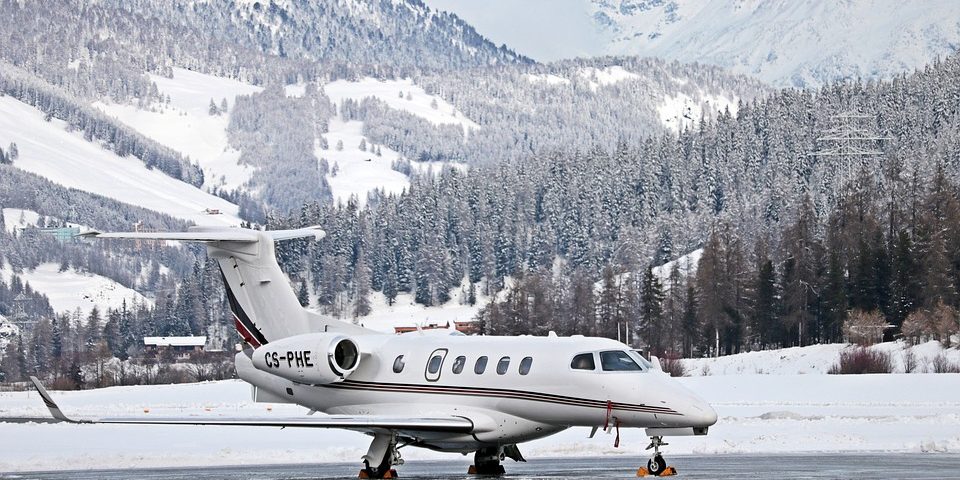
Private jet travel, while offering unparalleled convenience and luxury, carries a significant environmental footprint. The industry recognizes this challenge and is actively pursuing solutions to mitigate its impact. A growing awareness of the need for sustainable practices is driving innovation and change within the private jet charter sector.
The aviation industry, as a whole, is under increasing pressure to reduce its carbon emissions. Private jet travel, with its high fuel consumption per passenger, is often seen as a significant contributor to this problem. However, the private jet charter industry is embracing innovative approaches to offset these environmental concerns.
Environmental Impact of Private Jet Travel
Private jet travel, due to its high fuel consumption per passenger compared to commercial flights, contributes to significant greenhouse gas emissions. The sheer volume of these emissions, combined with the concentrated nature of air travel, places a substantial burden on the environment. Factors such as flight duration, aircraft size, and payload all affect the carbon footprint of a private jet charter. Furthermore, the lack of economies of scale in private jet travel, unlike commercial flights, compounds the environmental impact.
Efforts to Reduce Carbon Footprint
The private jet charter industry is actively engaging in various initiatives to reduce its carbon footprint. These initiatives range from the development and implementation of new technologies to the adoption of sustainable operational practices. These efforts are driven by a growing understanding of the importance of environmental responsibility.
Sustainable Fuels and Technologies
The development and use of sustainable aviation fuels (SAFs) are crucial in reducing the environmental impact of private jet travel. These fuels are derived from renewable sources, such as agricultural waste and used cooking oil, and offer a viable alternative to conventional jet fuel. Furthermore, advancements in aircraft design and engine technology are constantly aiming to improve fuel efficiency. This includes the use of advanced materials and aerodynamic designs to minimize drag and improve fuel economy. These innovations are critical in mitigating the environmental footprint of private jet travel.
Eco-Friendly Practices
Several eco-friendly practices are emerging within the private jet charter industry. These practices encompass a range of operational strategies and fuel alternatives. Optimized flight routes, which account for wind patterns and air currents to minimize fuel consumption, are a key component. Efficient loading and unloading procedures are essential to minimize delays and optimize fuel usage. In addition, many companies are working to educate clients on sustainable travel options, empowering informed choices.
Examples of Eco-Friendly Practices
- Optimized Flight Planning: Utilizing sophisticated flight planning software to determine the most efficient routes considering weather conditions and wind patterns is becoming commonplace. This can significantly reduce fuel consumption and emissions.
- Sustainable Fuel Blends: Some charter companies are proactively incorporating sustainable aviation fuels (SAFs) into their operations, though this is still a developing area.
- Carbon Offset Programs: Private jet charter companies may partner with organizations that support carbon offsetting projects, neutralizing some of the emissions produced during flights.
Table of Sustainable Practices and their Impact
| Sustainable Practice | Impact on Carbon Emissions |
|---|---|
| Optimized Flight Planning | Reduced fuel consumption and lower emissions, potentially by 5-10%. |
| Sustainable Aviation Fuels (SAF) Blends | Significant reduction in emissions when using SAFs in place of conventional jet fuel, potentially by 80% or more depending on the SAF type and blend. |
| Carbon Offset Programs | Compensates for emissions by investing in projects that remove carbon dioxide from the atmosphere. |
Legal and Regulatory Considerations
Private jet charters are subject to a complex web of legal frameworks and regulations. Navigating these requirements is crucial for ensuring compliance, safety, and a smooth operation. Understanding these considerations is essential for both charter providers and clients to mitigate potential risks and liabilities.
International air travel and the operation of private aircraft necessitate adherence to strict regulations across various jurisdictions. These regulations vary significantly, and failure to comply can lead to severe penalties, including fines, operational restrictions, or even legal action.
Legal Frameworks and Regulations Governing Private Jet Charters
International aviation law, encompassing agreements and conventions, forms the foundation for many private jet charter regulations. These international frameworks aim to standardize procedures, safety standards, and environmental considerations for all aircraft operations. National aviation authorities in each country establish specific rules and regulations to govern domestic operations, often incorporating international standards.
Licensing and Registration Requirements for Private Jets
Aircraft licensing and registration are essential components of legal compliance. Each aircraft must be registered in a specific country and hold the necessary airworthiness certificates, confirming its compliance with safety standards. The process typically involves navigating paperwork, obtaining certifications, and meeting stringent safety inspections. Variations in requirements exist depending on the aircraft type, country of operation, and the owner’s nationality.
International Regulations and Compliance
International agreements and conventions dictate many aspects of private jet charter operations. These regulations address issues like air traffic control procedures, navigation, and communication protocols. Compliance with international standards ensures smooth and safe operations across borders, promoting consistency and interoperability between different countries.
Tax Implications of Private Jet Ownership and Charter
Tax implications associated with private jet ownership and charter can be complex and vary significantly by jurisdiction. Aircraft registration, maintenance, and operational costs are often subject to taxes and duties. Charter services themselves can also be subject to taxes and levies, which can vary based on the specific location of the charter and the destination. Understanding these intricacies is critical for accurate financial planning.
Legal Requirements for Operating a Private Jet in Various Countries
| Country | Registration Requirements | Operating Permits | Customs and Duties | Tax Implications |
|---|---|---|---|---|
| United States | FAA registration and certification | Specific permits for various operations (e.g., instrument flight rules) | Import/export duties on aircraft and fuel | Income tax, capital gains tax, and potential state taxes |
| United Kingdom | CAA registration and certification | Various operating permits depending on the flight type and location | VAT and import/export duties | Corporation tax, income tax, and potential local taxes |
| France | DGAC registration and certification | Specific permissions and licenses for aircraft operations | VAT and customs duties on fuel and materials | Corporate tax, income tax, and potential local taxes |
| China | CAAC registration and certification | Specific operating permits and approvals | Import/export duties, taxes on fuel and materials | Corporate tax, income tax, and various other levies |
Note: This table provides a simplified overview. Specific requirements can vary based on the type of aircraft, its usage, and individual circumstances. Consulting with legal and aviation professionals is highly recommended for precise and up-to-date information.
Essential FAQs
What are the typical costs involved in chartering a private jet?
Costs vary significantly depending on the type of jet, duration of the flight, distance, and additional services required. A detailed cost breakdown is available in the “Booking and Operations” section.
What are the most popular destinations for private jet charters?
Popular destinations often include major international cities, luxury resorts, and exclusive destinations accessible by private jet, as Artikeld in the “Destination Experiences” section.
What are the environmental impacts of private jet travel?
Private jet travel has a higher carbon footprint compared to commercial air travel. However, the industry is actively working on sustainable practices to minimize its environmental impact, as discussed in the “Sustainability and Environmental Impact” section.
What safety measures are in place for private jet charters?
Rigorous safety protocols and maintenance procedures are implemented to ensure the safety of passengers and crew. These are Artikeld in the “Safety and Security” section.
What are the legal frameworks and regulations governing private jet charters?
International and national regulations vary regarding licensing, registration, and compliance for private jet operations. Details are provided in the “Legal and Regulatory Considerations” section.